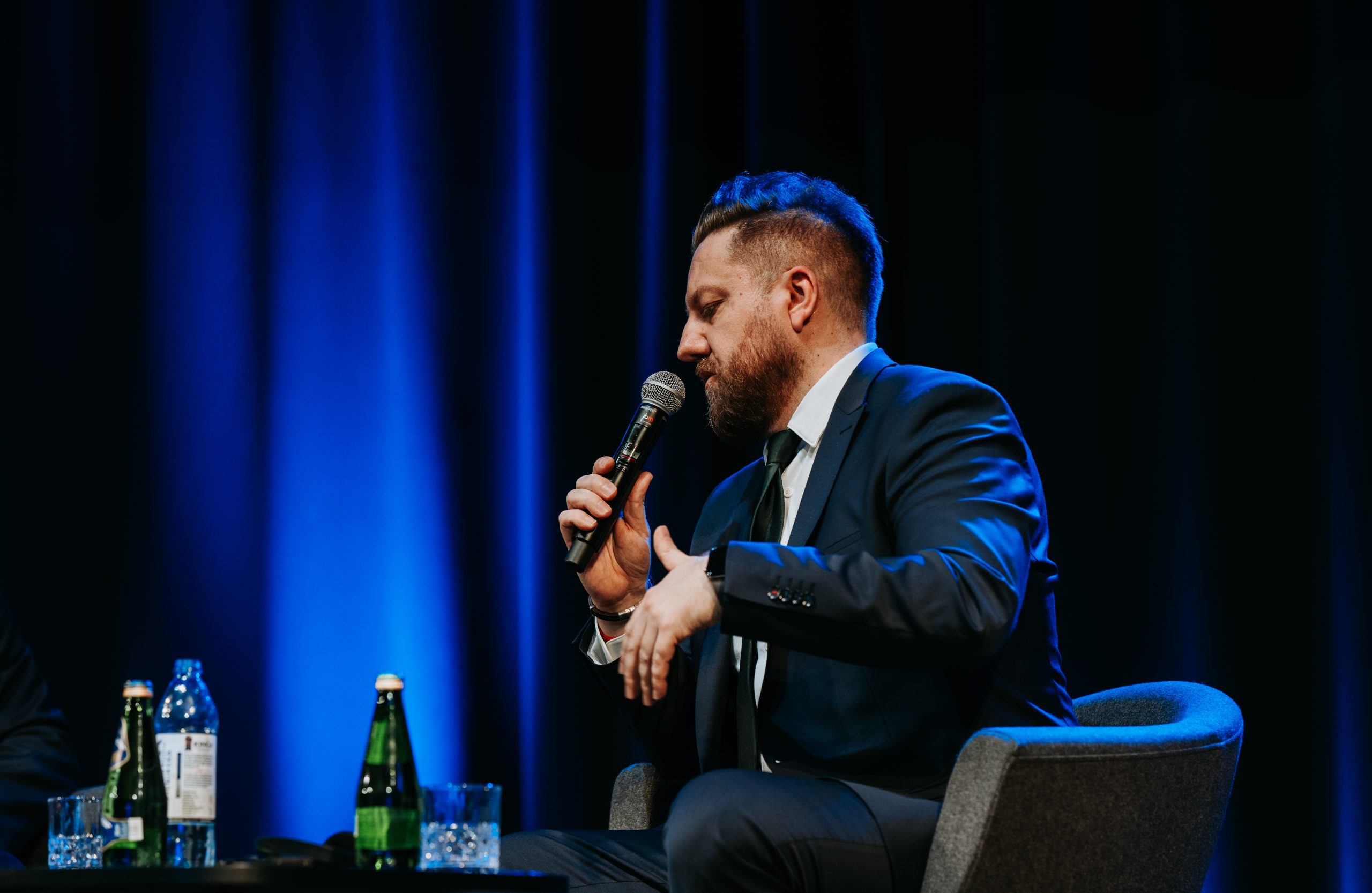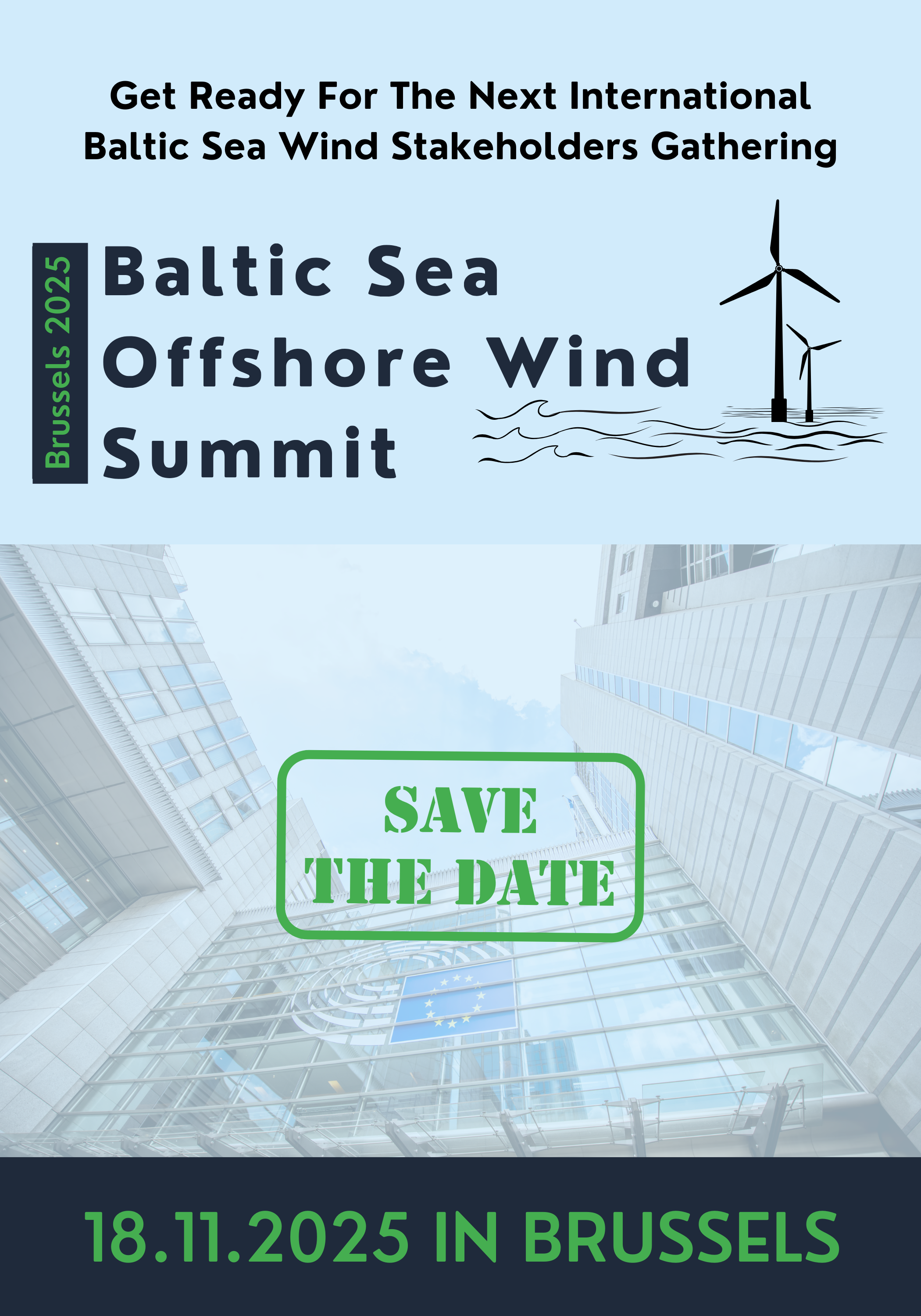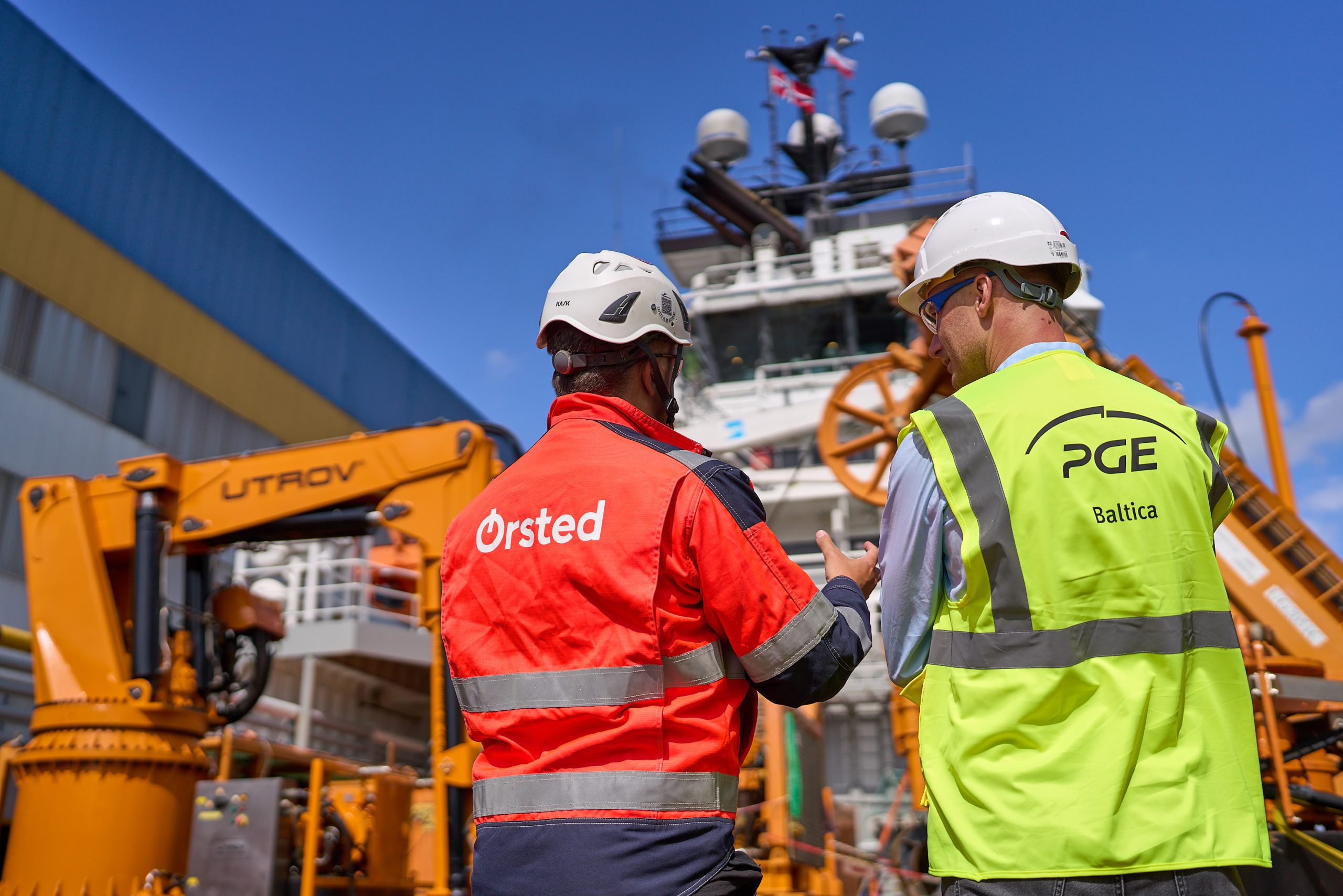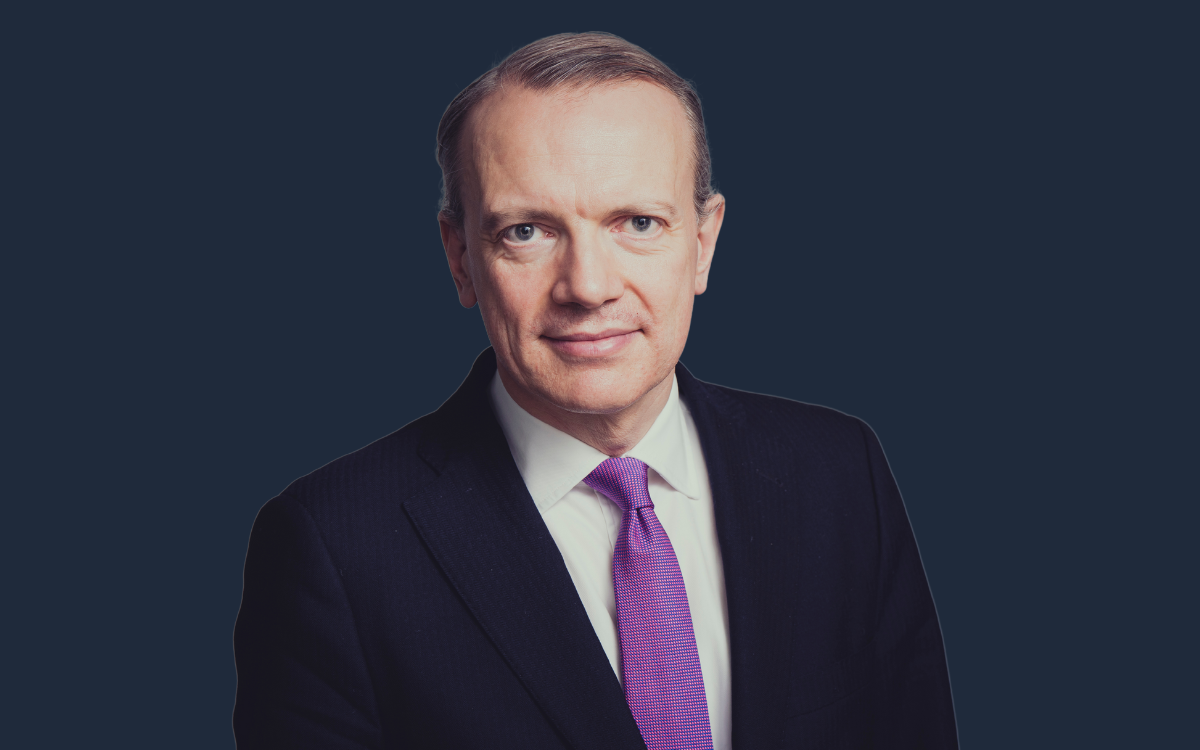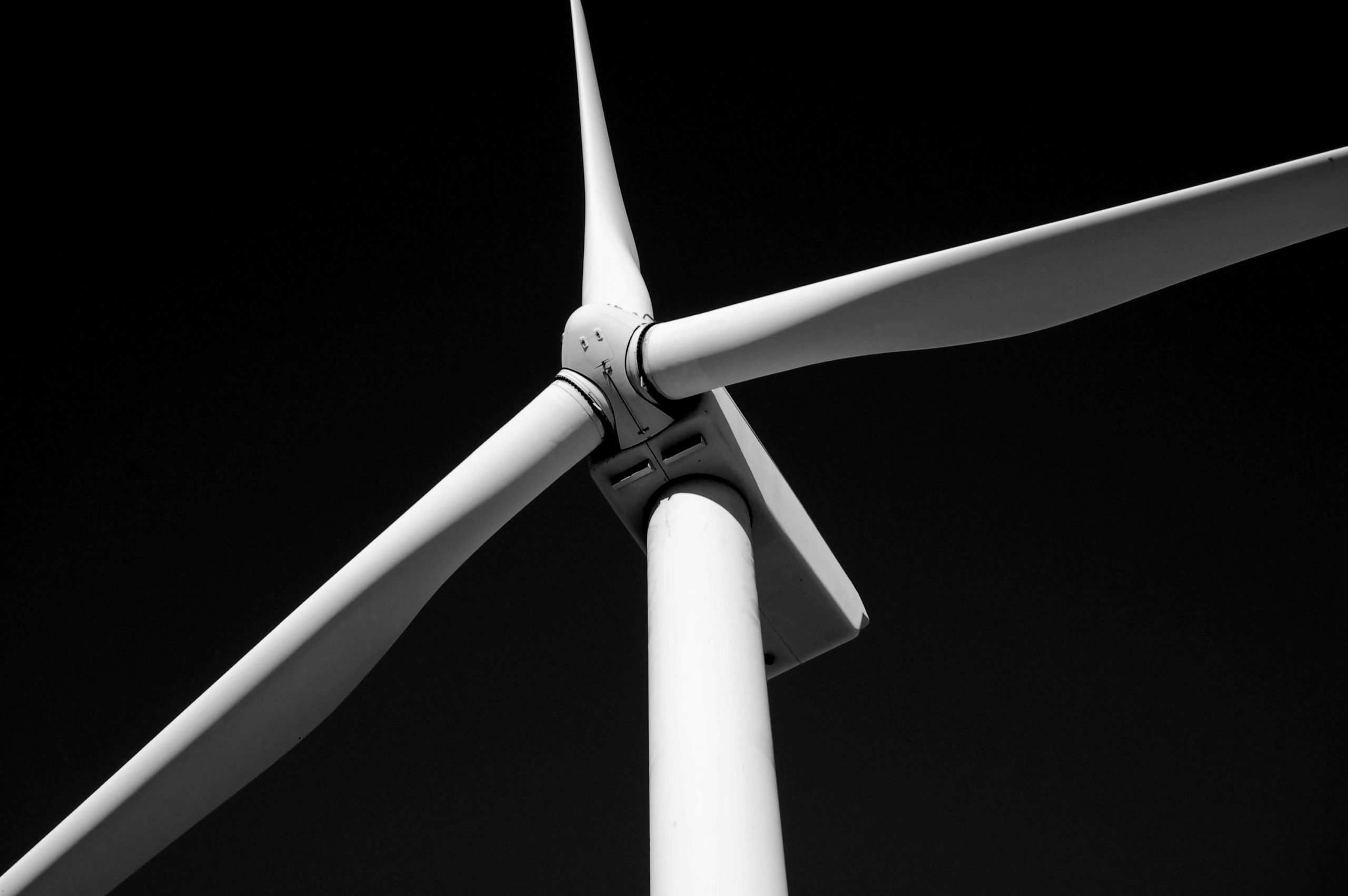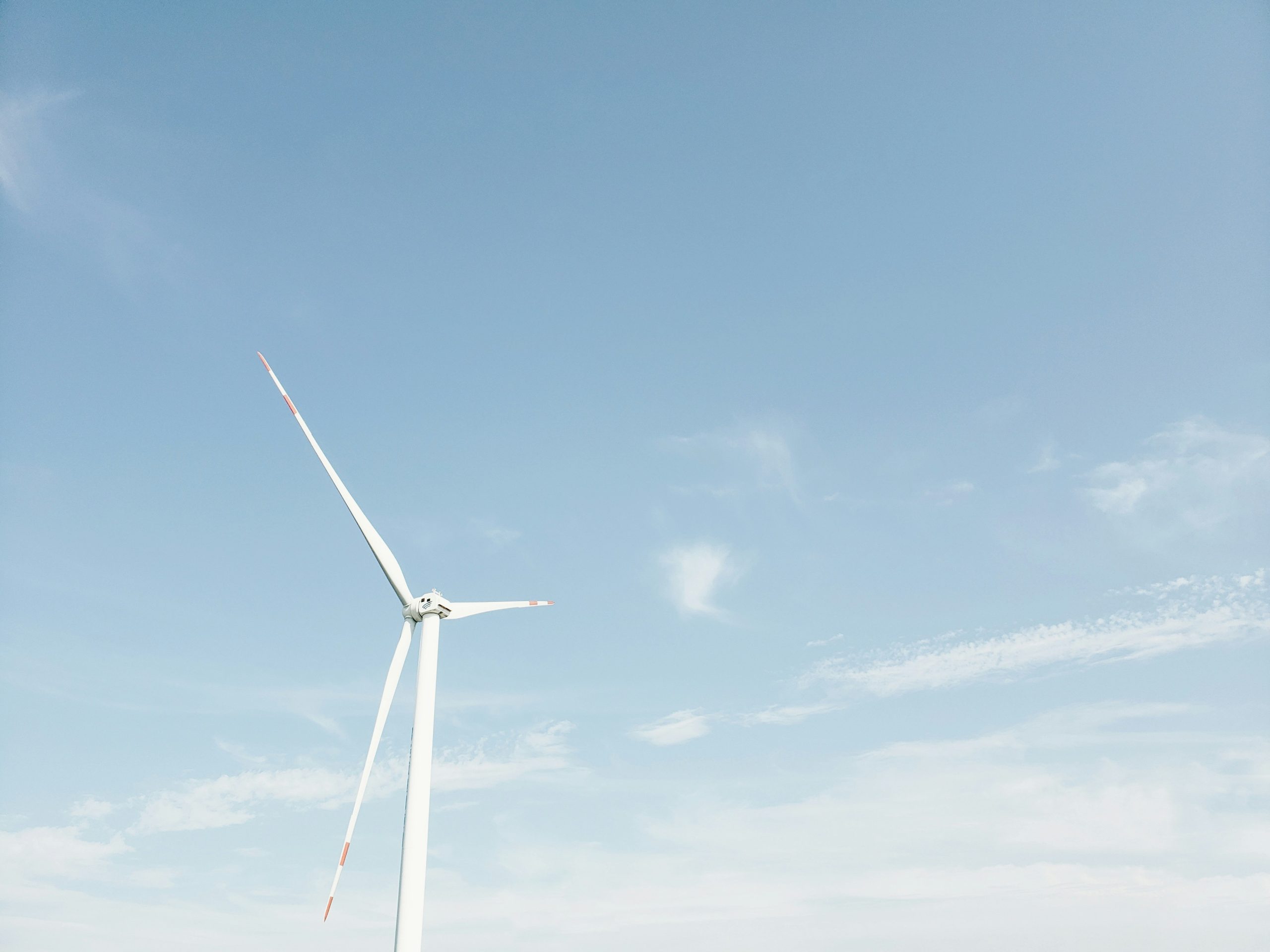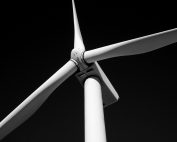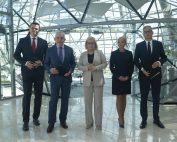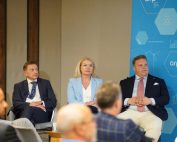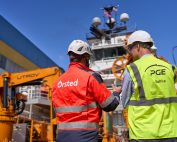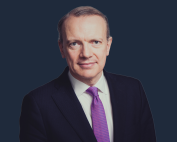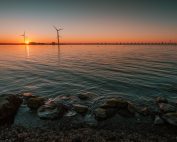This interview with Bartosz Fedurek CEO of PGE Baltica explores the current state and future prospects of offshore wind development in Poland. While Poland is for obvious reasons still behind more established markets like the UK, it has made considerable progress, recently reaching a final investment decision on the Baltica 2 project. Fedurek highlights regulatory frameworks, supply chain development, and macroeconomic pressures impacting global offshore wind industry as key factors influencing the industry’s maturity. Security concerns and defence coordination are also significant challenges, requiring ongoing dialogue with authorities. Looking ahead, PGE Baltica is focused on advancing the Baltica 3 project and participating in upcoming CfD auction, with optimism but also aware of the challenges, especially in ensuring cost competitiveness of new projects. The discussion emphasizes importance of regional cooperation and a positive narrative to drive further growth in the offshore wind sector which still needs care from policymakers. The interview took place on stage during the recent Baltic Sea Offshore Wind Summit in Gdańsk.
Krzysztof Bulski: To begin, could you assess the maturity of the Polish offshore wind sector from PG Baltica’s perspective, especially compared to other Baltic Sea countries? What stage of development is Poland currently in?
Bartosz Fedurek: Compared to more developed offshore wind markets like the UK, Poland is still in its early stage, like a teenager still prone to “childhood diseases”. Poland does not yet have operational offshore wind assets, although two projects are officially under construction. It’s worth noting we’ve made a significant progress. PGE obtained its first offshore location license around 2012. Just two months ago, in January, together with our great JV partner – Ørsted, we made the final investment decision on Baltica 2, our most mature project. It’s the largest offshore wind project in the Baltic Sea and one of the largest globally. This final investment decision came 12 years after receiving the OLL, marking a long journey. Another key milestone was in 2016 when we initiated the first environmental surveys offshore. A lot of capital and staff dedication have been patiently invested. Our colleagues at Baltic Power are already installing monopiles. We plan to begin our first offshore operations – namely, boulders clearance campaign – this year.
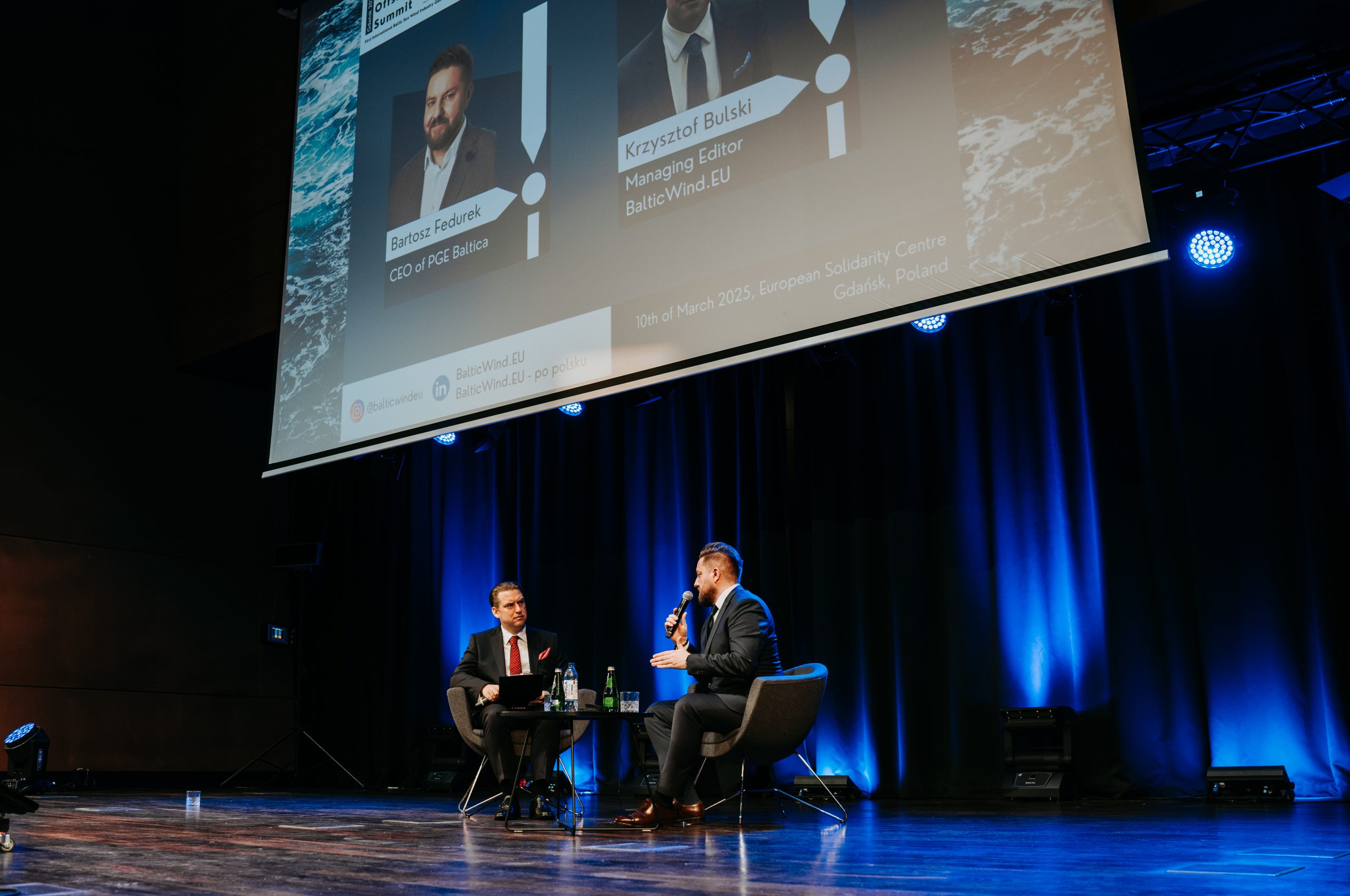
Krzysztof Bulski: So exactly what is the plan for the next steps? But perhaps if you could draw a shorter time frame than the next 12 years, maybe the next 2 or 3 years, what can we expect?
Bartosz Fedurek: Before I answer this question, please, let me shortly conclude on the topic of maturity of the sector. Let’s look at regulatory environment. We have a strong foundation with a Contracts for Difference (CfD) scheme based on the British model. However, some regulatory aspects are still “work in progress”, such as defence and security or coexistence with fishermen. Another important aspect is local supply chain. It’s important not to judge the local content based on very first projects in their current maturity level. Local content should be perceived by the entire project’s life cycle and the whole Polish offshore wind program that is foreseen to reach up to 18 GW by 2040. Predictability of the industry in the long term and the volume of investment is key to the development of the strong local supply chain. And the upcoming auction in 2025 will be a crucial moment for the industry. This will be the first competitive CfD auction for offshore wind in Poland. There have been challenging discussions regarding the ceiling price for this auction, because industry is experiencing significant macroeconomic pressure worldwide. For example, during the contracting phase of Baltica 3, we saw cost increases of 30% to even 50%, compared to our 2021 CfD application. Despite these headwinds, we remain optimistic. In the coming months and years, construction of Baltica 2 will continue. Onshore infrastructure is also underway, with the construction of an onshore substation in Choczewo, along with the construction of an onshore base in Ustka starting this spring. We should reach COD in 2027. So keep your fingers crossed please.
Krzysztof Bulski: But one more threat. That’s threat challenge that we already mentioned at the beginning. Could you elaborate on the practical implications of the current security situation for offshore wind farms? Is security the primary challenge in the foreseeable future, or are there other significant concerns in the first and second phases of development?
Bartosz Fedurek: Defence and security is a broad topic, and Tomasz Urbaniak, Head of Defence and Security at PGE Baltica, will discuss it in detail during a dedicated panel later today. Key considerations include aligning with the Ministry of Defence on installing equipment to mitigate any negative impacts of farm’s infrastructure on national defence systems. Other questions to be answered include who should bear the costs, and who should operate and be responsible for the defence equipment on-site.

Krzysztof Bulski: May jump in here. I should note that we may not fully answer these questions today, as some answers will be provided by Tomasz Urbaniak during the security panel. These issues are complex, particularly regarding who bears the costs, as it depends on multiple factors and actors.
Bartosz Fedurek: These are complex issues. Maintaining a close and positive dialogue with authorities, including the Ministry of Defence, is crucial and we are doing this. We are focused on optimizing the placement of additional equipment and sensors to avoid interference, which can reduce the quality of the information gathered. Optimization should include all new wind farm developments. Currently, each installation is treated separately, so there is room for improvement. It’s worth mentioning that when we began assessing conditions for offshore wind farm construction in Poland in 2020, the geopolitical environment was very different. The current security concerns were not as prominent. Consequently, many of the associated costs, affecting both CAPEX and OPEX, were not factored into the maximum CfD price calculation. Hence, the new defence & security realities impact the economics of our projects.
Krzysztof Bulski: Could you provide more insight into PGE Baltica’s plans for the second phase? Also, considering recent challenges in Lithuania and Denmark, what are the possible scenarios for this year’s auction in Poland?
Bartosz Fedurek: Securing Baltica 2 was a major achievement. However, the next day we immediately resumed working to secure our future pipeline. PGE Baltica, a modern organization with over 170 highly skilled professionals, is eager and ready to deliver more. We have Baltica 3 in our portfolio, which was developed alongside Baltica 2 but was paused and reconfigured due to beforementioned CAPEX increases. We are committed to accelerating Baltica 3. Additionally, we are focused on developing a strategy for this year’s auction and preparing Baltica 1, a project developed by us from scratch. We hope to receive the environmental permit by the end of this year, enabling us to participate in the auction.
Krzysztof Bulski: So it looks rather optimistic. And I think we can say that there is a big chance that this will be a good year.
Bartosz Fedurek: Yes, that is our expectation. While the future appears promising, it requires additional effort from investors and authorities. We must remember that the offshore wind sector is still developing and still requires care from policymakers and close cooperation among investors and suppliers. All of us need to work hard to maintain a positive narrative about benefits of offshore wind and improve the cost-effectiveness of this technology compared to alternatives. We must work together regionally, leveraging the synergies within the region to ensure success.
